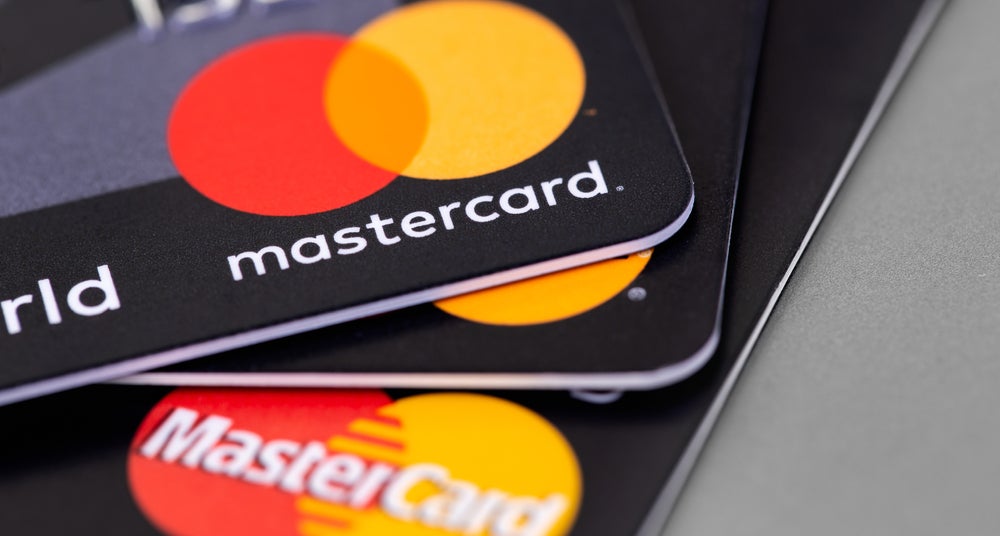Germany’s payments market is globally
regarded as a cash-dominated – and more to the point, cash-loving –
one. But consultancy PaySys disagrees and says German consumers
have been using their cards more than the Bundesbank and the
European Retail Institute say. Duygu Tavan has a look at the
numbers
 Dr Hugo Godschalk,
Dr Hugo Godschalk,
general manager of PaySys Deutschland, has issues with the
perception of Germany’s cards market. The problem, he says, is that
figures published by the German Central Bank (Bundesbank) are
“skewed”, making Germany look like a country of cash-only
payments.
“The cards sector is growing, not only in
debit but also credit cards,” Godschalk says. “This growth has
taken place over the past few years and we have seen significant
growth. It is a fact that is often overlooked abroad.”
For Godschalk, the differences between the
cards and payments figures collected by PaySys, the Bundesbank and
the European Retail Institute (EHI) is due to incomplete
calculation methods.
He calls the figures by the Bundesbank
“incomplete because they only include a part of the credit card
numbers in Germany”.
How well do you really know your competitors?
Access the most comprehensive Company Profiles on the market, powered by GlobalData. Save hours of research. Gain competitive edge.

Thank you!
Your download email will arrive shortly
Not ready to buy yet? Download a free sample
We are confident about the unique quality of our Company Profiles. However, we want you to make the most beneficial decision for your business, so we offer a free sample that you can download by submitting the below form
By GlobalDataReferring to PaySys’s data set – achieved by
surveying various cards and payments industry stakeholders –
Godschalk expects a transaction volume growth of about 15% in
credit cards for 2010.
He cannot be certain of the exact growth, yet,
however, because PaySys has not been able to release the figures
for 2010 yet. The main point, he argues, is that card transactions
have been rising. Whether that is a 6% year-on-year growth, or 7%,
for instance, is not the point, he says.
“In 2009, there was just a 1% year-on-year
growth due to the crisis,” he says.
“But before that, we had registered a 15%
annual increase in credit cards transaction volumes in 2008 and 11%
in 2007. We expect to see an additional €8bn [$10.4bn] just from
credit cards transactions for the year 2010.
“Of course, cash is a strong payment method
and we are not denying that.”.
But the growth of cards payments needs to be
acknowledged, he argues, and claims, the official cards statistics
are lagging.
The bigger picture
 The data PaySys has
The data PaySys has
shared with Cards International refers to transactions made at the
point of sale (POS) and includes all sectors, not just retail.
PaySys recorded a 10.6% growth in card
transactions at the POS in the year to the end of September to
€235.7bn.
The 10.6% growth equals about €23bn, of which
€9.4bn is attributable to EC-Maestro card payments (Visa’s VPay had
virtually no transaction volume in 2010); €8bn were transacted via
credit cards, and €5.6bn via the ELV (elektronisches
Lastschriftverfahren) method.
The volume of transactions reached 3.8bn, up
by 15% from a year ago. The growth rate for 2009 was just 3.6%,
which Godschalk says was due to the financial crisis. Credit cards
as well as the national EC cash and ELV payment schemes spurred
this growth on most.
Setting the parameters
 The figures exclude
The figures exclude
gift cards and propriety e-money systems.
The annual figures for the years 2009 and 2010
vary only slightly.
In 2009, debit cards accounted for 70% of card
payments at the POS. A year later, they accounted for 69%.
Conversely, credit card payments accounted for 24% of all payments
at the POS, rising to 25% in 2010.
EC-card payments made up 48% of those payments
in 2009, compared with 46% in 2010. ELV accounted for 21% of
POS-based payments in both years, while Maestro card payments rose
marginally from 1% in 2009 to 2% in 2010%.
While the breakdown of the card types remained
more or less stagnant, the volume of card payments does appear to
have risen significantly:
The total value of consumer credit card
spending rose by 15.4% to €60bn in the twelve months to September
2010. Total debit card spending among consumers (including ELV,
VPay, Maestro and EC) rose by 10% to €162bn.
Of these, debit cards with ELV function made
up 31% of all debit card payments in 2010 (€50.4bn), just
marginally higher than a year ago, when they had accounted for
30.4% of debit card payments.
What is particularly interesting about the
credit card growth is that it seems to be growing outside of the
retail sector: Between 2008 and 2010, credit cards transaction
value outside of retail has risen by 14% to €40.5bn, whereas the
transaction value of credit cards for retail transactions has
stagnated at about €19.5bn since 2001. Payments per credit card
rose by just €360 to €2.095 between 2003 and 2010.
In terms of ELV, the statistics by the EHI and
PaySys vary significantly.
 “That makes no sense,”
“That makes no sense,”
Godschalk says. “There were about 10m new credit cards issued
between 2003 and 2010. This would suggest that sales volume for
credit cards are in decline, and that is highly unlikely.
“Each year, we face this puzzle. The EHI says
it can only add up the figures it receives from its members. We use
actual transaction data.”
The differences are likely to be due to the
limited number of retailers the EHI surveys each year (448 with a
turnover of €200bn). The EHI also only consider the retail
industry. PaySys claims it uses the actual transaction/turnover
value of the networks, as well as that of issuers, in addition to
retail.
Another, simpler, explanation could be wrong
input of data. Godschalk says the e-commerce market is rising fast
and that credit cards are most used in this market.
And the EHI does not deny this. Some of the
EHI’s latest research found e-commerce is on the rise:
It found in October that the turnover at
Germany’s top 1,000 online merchants increased by about 13% in the
year to 2010 to €22.7bn.
This data, again, only compromises the retail
sector, but it is a strong indication that the overall e-commerce
market is stronger.
The EHI says that electronic card payments in
2010 amounted to €144bn, an annual increase by 5.1%. But the EHI
does not include payments made on car insurance, mineral oil
(although it does include petrol), in pharmacies, or to mail order
services.
By this definition of retail, turnover
amounted to €375bn, of which card payments made up 38.4%. Including
non-direct, non-cash item purchases, such as instalment purchases,
gift cards and coupons, the overall proportion of cash to total
payments equals 58.4%, the EHI found.
 This is a rapid
This is a rapid
decline, considering that 15 years ago, the percentage of cash for
all payments was 76.5%.
EHI research director for payment systems
Horst Ruter, forecasts that 40% of retail payments will be a card
transaction “within two years at the latest”. Undoubtedly, a
significant chunk of this will be online.
About a third of 448 retailers, account for
53.4% of the market, surveyed by the EHI, consider the
implementation of contactless payments in the near- to medium-term
distance.
Online, credit card and prepaid payments are
still the most popular payment method (70%). The Nachname payment
system (in which the payment is authorised to the merchant when the
customer signs for goods on delivery) is still almost as popular,
with 65%.
Alternative methods, such as PayPal are
fast-growing, however, and are available at 65% of shops. According
to the Capgemini/EFMA World Payments Report 2010, the average value
per card transaction in Germany declined from €63 to €61 between
2008 and 2009. But the volume of transactions rose by 7%
year-on-year.
While non-cash transactions are rising, the
CAGR rate remains humble compared to the double-digit growth of
other countries like Sweden, Netherlands, Luxembourg, Austria,
Ireland, Spain and Poland.
Whichever way you look at it, cash use does
remain high in Germany. One has to rely on the official figures and
according to those, cash still makes up 60% of the payments market
in Germany – cards still account for just under 40%.








